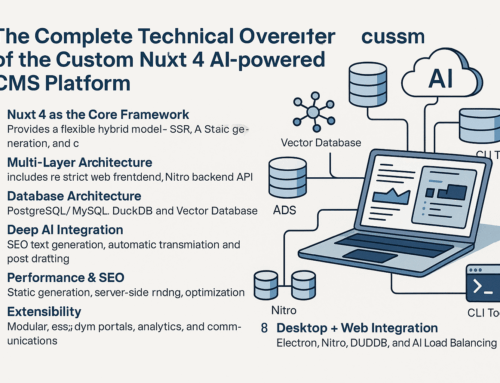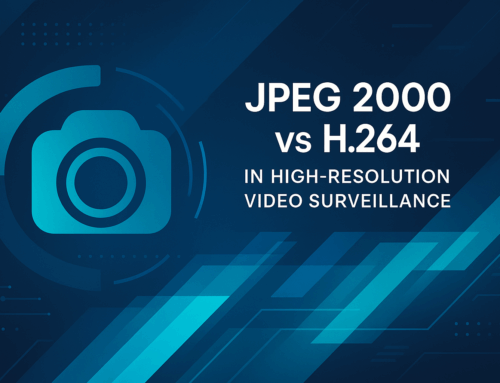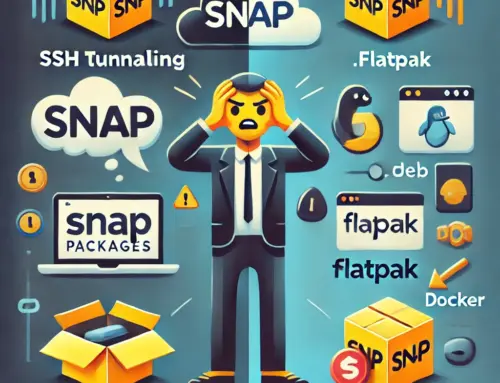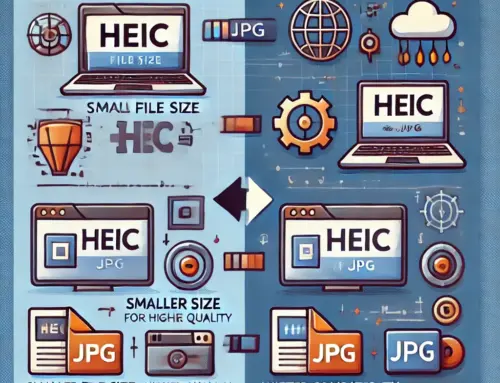Comprehensive Specification Document: Requirements, Implementation, and Risk Analysis
A structured document defining the functional, technical, and operational requirements of the project.
Executive Summary
This document outlines the project requirements, technical implementation, and risk management strategy. It ensures that all stakeholders align on expectations and execution plans.
1. Introduction
This section describes the purpose of the specification document, outlining its importance in defining system requirements, technical solutions, and operational workflows.
2. Project Overview
This section provides a high-level overview of the project, including its objectives, scope, and intended users.
3. Stakeholders
Identifies key stakeholders involved in the project:
- Project Owner
- Development Team
- End-Users
- Regulatory Authorities
4. Detailed Specification of Requirements
4.1 Functional Requirements
Defines how the system should function, including features and user workflows.
4.2 Non-Functional Requirements
Defines performance, scalability, and compliance criteria.
4.3 User Interface & UX Guidelines
Specifies UI components, navigation flow, and design standards.
5. Technical Solution
Defines the technical architecture, system components, and infrastructure.
5.1 System Architecture
Describes the structure and interactions of system components.
5.2 Hardware and Infrastructure
Specifies required hardware, cloud environment, and hosting strategy.
5.3 Software Components
Lists frameworks, programming languages, and third-party services used.
5.4 Security & Compliance
Defines encryption, authentication, and compliance measures (e.g., GDPR).
6. Timeline and Milestones
Defines project phases, deadlines, and key deliverables.
7. Resource Planning
Plans required resources including personnel, budget, and materials.
7.1 Personnel Resources
Defines team roles, responsibilities, and required expertise.
7.2 Material Resources
Lists necessary materials, hardware, and tools.
7.3 Budget Planning
Outlines estimated costs, funding, and financial management.
8. Testing and Acceptance
Defines testing procedures, validation, and acceptance criteria.
8.1 Test Plan
Lists test cases, QA methodology, and automation tools.
8.2 Acceptance Criteria
Defines success metrics and user validation steps.
9. Deployment & Maintenance
Specifies deployment strategies, update cycles, and support plans.
10. Risk Analysis
Identifies risks and outlines mitigation strategies.
11. Glossary
Defines key terms and abbreviations used in this document.









